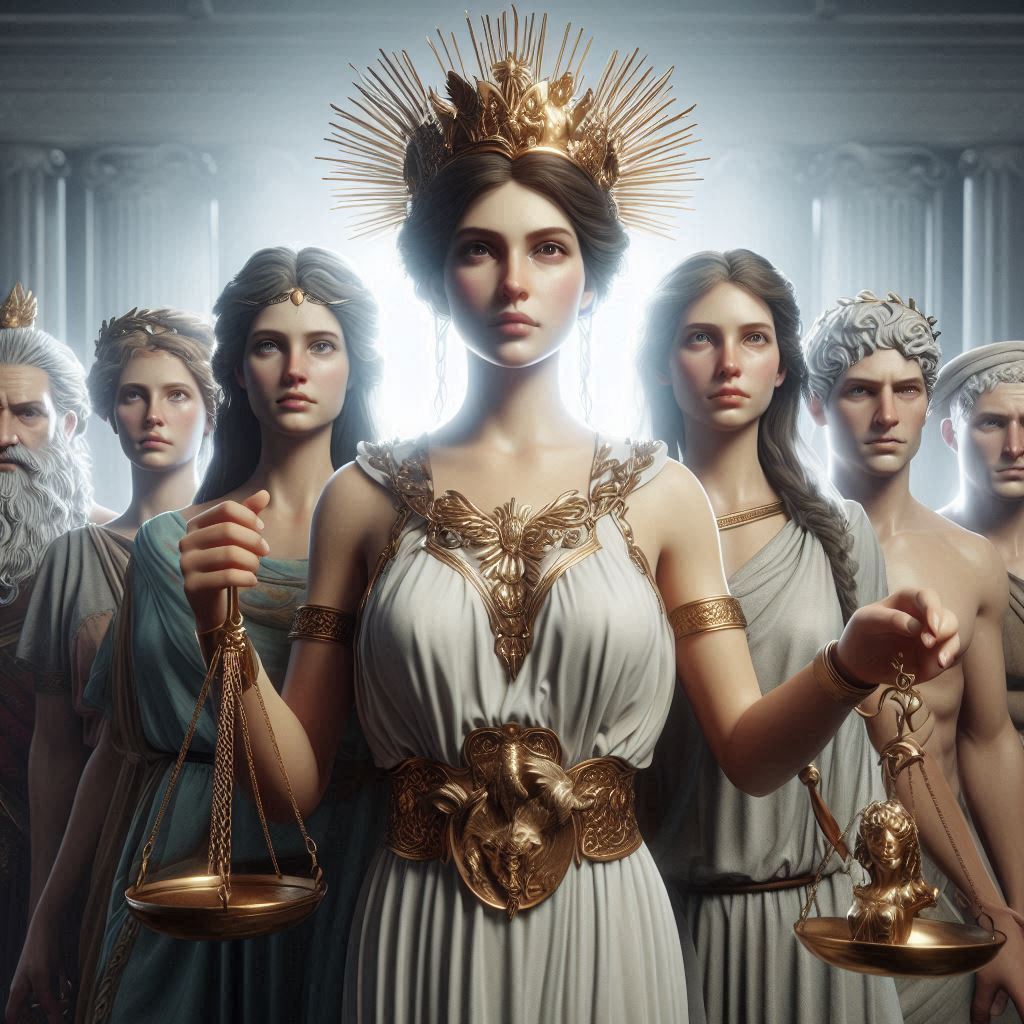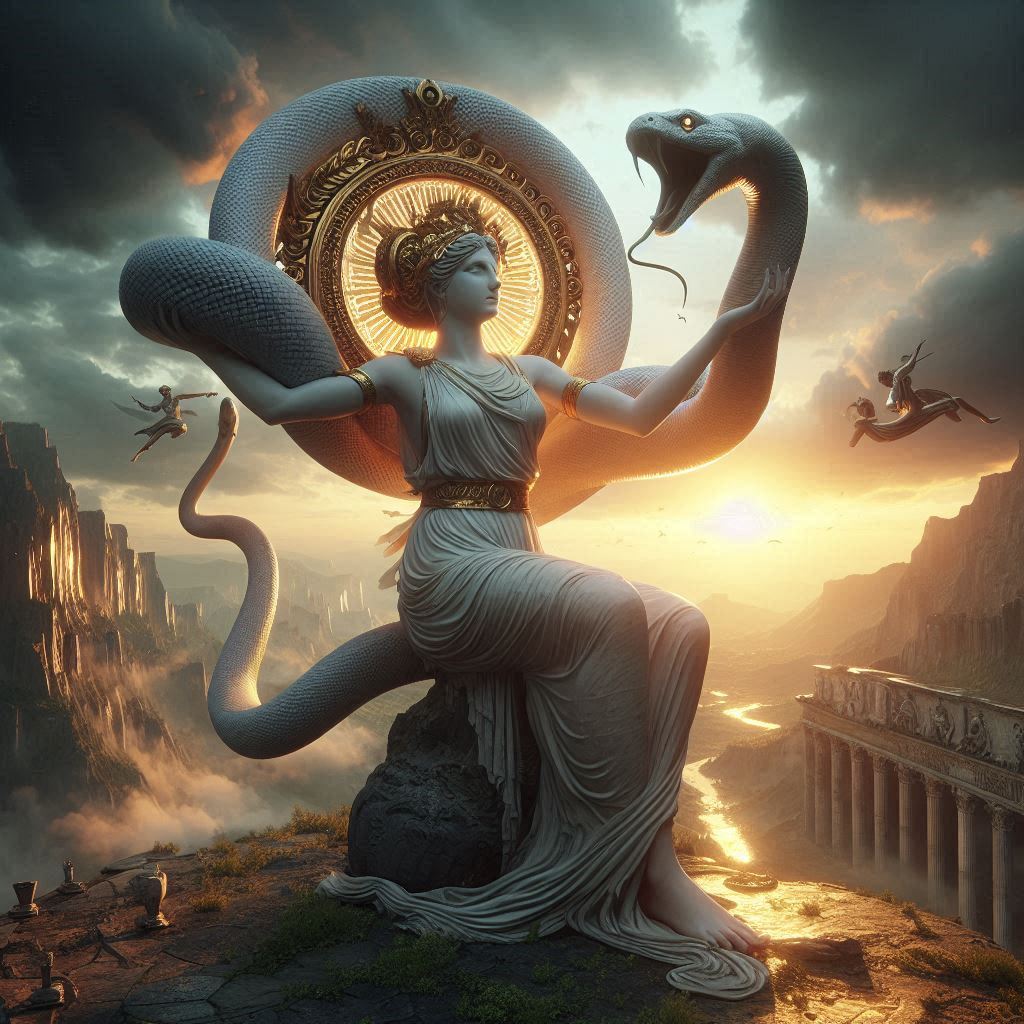Table of Contents
Shinto, or Shintō (“The Way of the Gods”), is Japan’s indigenous spiritual tradition, rooted deeply in nature worship, animism, and the veneration of kami (deities or spirits associated with natural elements, objects, and ancestors). This system of beliefs does not have a single founder, sacred scripture, or centralized doctrine like many major religions. Instead, Shinto has evolved over centuries through a complex blend of myths, folk practices, rituals, and literary forms, influencing both Japan’s spiritual landscape and its literature.

Core Beliefs and Principles in Shinto
At the heart of Shinto is a profound reverence for nature, the belief that spirits reside in all things (a belief akin to animism), and the concept of kami. Kami are sacred beings that inhabit natural elements such as mountains, rivers, trees, and even human virtues like courage or loyalty. They are not omnipotent gods in the Western sense but rather revered spirits with unique personalities, often representing the forces that maintain balance in the world.
Shinto emphasizes purity, harmony, and connection with nature rather than sin and salvation, which are absent concepts. Human beings, as well as everything in nature, are considered inherently good. However, ritual impurity or pollution (tsumi) can arise through actions or interactions that disrupt the natural harmony, such as death or sickness. Shinto ceremonies and purification rituals (harae) are central practices for removing these impurities and restoring balance.
The moral code in Shinto centers on harmonious living with others and nature rather than a strict set of commandments. This focus on coexistence has a significant impact on Japanese social behavior and attitudes, manifesting in literature as themes of belonging, respect, and connectedness to community and environment.
Literature and Myths in Shinto Tradition
1. The Kojiki (Records of Ancient Matters)
The Kojiki, compiled in 712 AD, is Japan’s oldest surviving historical text and is one of the primary sources for Shinto mythology. The Kojiki is divided into three parts: the creation myths, the genealogies of the deities, and the accounts of Japan’s early emperors, who are considered descendants of the gods. The text opens with the cosmogonic myth of Izanagi and Izanami, the divine couple who create the Japanese islands. Following this, we encounter the Sun Goddess Amaterasu, one of the central kami in Shinto, who is revered as the ancestor of Japan’s imperial family.
This text is rich in allegorical tales that reflect the cultural values and beliefs of early Japanese society, including the importance of purity, respect for nature, and the divine origin of the Japanese people. The Kojiki is both an origin story of Japan and a reflection of Shinto cosmology, emphasizing the interconnectedness of humans, nature, and the divine.
2. The Nihon Shoki (Chronicles of Japan)
Compiled in 720 AD, the Nihon Shoki is a semi-historical chronicle similar to the Kojiki but more formal and detailed. This text was commissioned by the Yamato court to validate the imperial line’s divine descent from Amaterasu, strengthening the political legitimacy of the emperors. The Nihon Shoki narrates Japan’s divine origin, the lives of the kami, and the deeds of historical figures in a way that reinforced state power, blending historical facts with mythological themes.
Unlike the Kojiki, the Nihon Shoki was written in classical Chinese, the scholarly language of the time, reflecting Japan’s early diplomatic relations with China and the influence of Confucianism and Buddhism. Its structure and content aim to present a cohesive narrative that aligns the imperial family with divine lineage, echoing the Shinto belief in the sacred nature of Japan’s land and people.
3. Norito (Ritual Prayers)
Norito are Shinto ritual prayers recited to invoke the kami, request blessings, or offer gratitude. These prayers are poetic and symbolic, designed to express reverence, request guidance, and ensure purity. Norito are often chanted by priests during ceremonies and carry a cadence and style that emphasize rhythm and respect. They embody the Shinto aesthetic of simplicity, purity, and beauty, capturing the mood of awe and humility before the kami.
Although they are religious texts, norito also form a literary genre and are valued for their artistry and linguistic elegance. The repetition and structure reflect the Japanese belief in the power of words (kotodama) to affect reality. This concept suggests that spoken words possess a spiritual energy capable of influencing the world, making prayer an essential part of interacting with the sacred.
4. Waka Poetry
Shinto thought has influenced Japanese poetry, particularly waka (classical Japanese poetry) and later, haiku. These poetic forms often explore themes of nature, impermanence, and the emotional depth of human experience. In classical Japanese literature, there’s a keen awareness of the transience of life, known as mono no aware, which resonates with Shinto’s focus on harmony and appreciation of fleeting moments. In waka, poets express reverence for nature, as seen in the poetic Manyoshu anthology, where deities, seasons, and landscapes are celebrated in connection with human emotions.
Shinto’s Influence on Japanese Literature and Culture
Shinto beliefs permeate Japanese literature and culture, encouraging an appreciation for natural beauty, simplicity, and subtlety. This influence is particularly apparent in the Japanese concept of wabi-sabi, the aesthetic of finding beauty in imperfection, which aligns with Shinto’s embrace of the natural cycle and the acceptance of life’s transient nature.
Shinto’s focus on community, loyalty, and respect for tradition has also shaped Japanese literature’s portrayal of moral ideals, such as honor, duty, and sacrifice. These values appear in works from The Tale of Genji by Murasaki Shikibu to samurai tales that emphasize duty to family and country, subtly reflecting the Shinto ethos of communal harmony and respect for heritage.
Modern Influence and Resurgence
Today, Shinto has retained its relevance through festivals, folk traditions, and shrines that remain integral to Japanese life. Modern writers and artists continue to draw on Shinto themes, bringing them into contemporary contexts. In modern literature, authors like Yukio Mishima explore the spiritual depth of Japan’s culture and sometimes critique the loss of traditional values in modern society, with Shinto themes subtly underscoring many of his characters’ quests for identity and meaning.
In essence, Shinto beliefs and literature embody a worldview that reveres nature, values purity and simplicity, and encourages harmonious coexistence. While Shinto itself may lack a centralized canon, its myths, prayers, and principles are woven throughout Japanese literature, art, and culture, continuing to inspire the Japanese people’s sense of identity and place in the world.


No responses yet